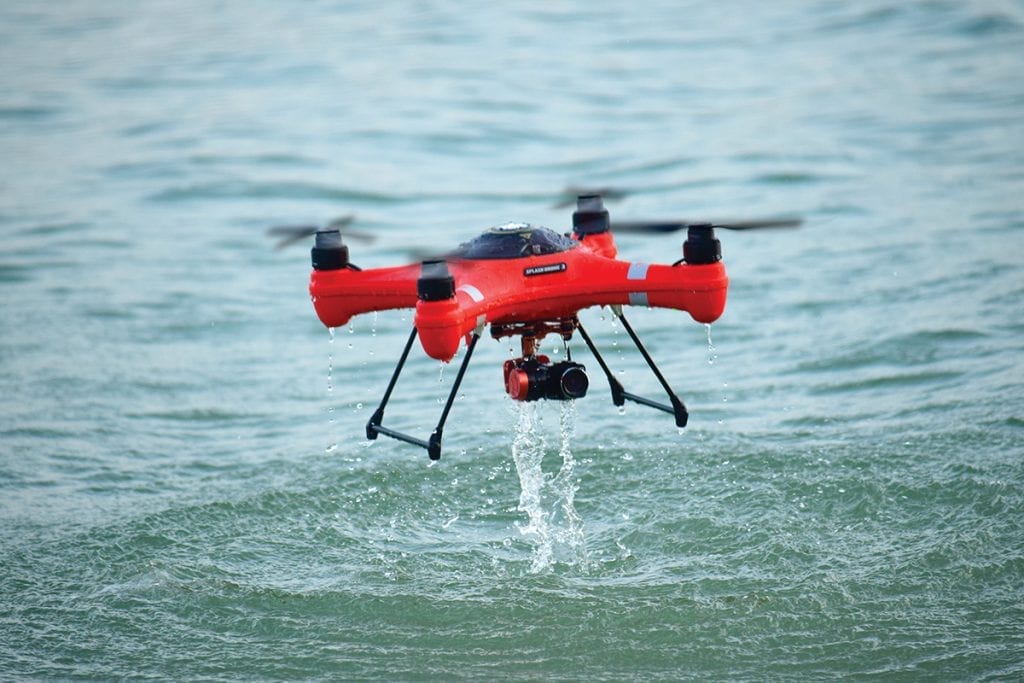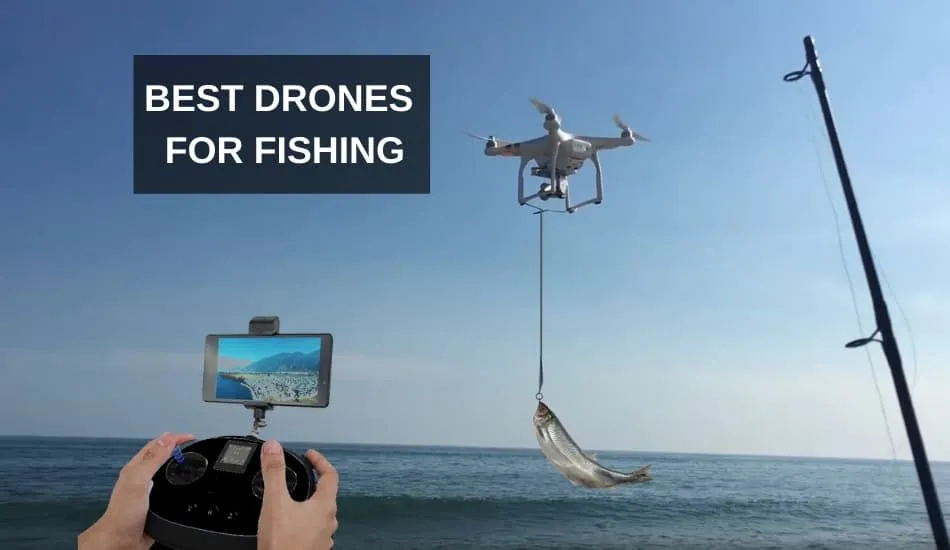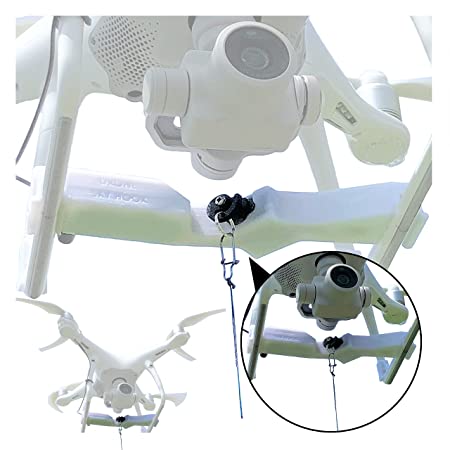
If you are thinking of using a drone to catch fish, it is worth learning more about the regulations. Watch instructional videos about how to fly drones to catch fish. Read our article about drone ethics if you have any questions. Here, we'll go over a few of the ethical concerns that surround the use of drones for fishing. Don't forget our guide to drone fishing gear.
Regulations applicable to drone fishing
A drone fishing video for tuna may make you wonder about the regulations. There are many reasons to comply with local laws. But safety is the most important concern. To protect both your life and that of the fish, you must follow the correct laws. We'll be discussing the most important regulations in this article and how to ensure that you are following them. Follow the International Game Fish Association guidelines.
Drones cannot be operated over public places, including sporting events or stadiums. They cannot transport weapons or be within a distance of half a kilometer from a sporting event. A drone operator must be able see all of their equipment at all times. Drones cannot fly over public buildings, stadiums, or critical infrastructure. If you have any questions about how a drone can be used to fish, please consult your local law enforcement agency.

Although many states have already passed laws governing drone use, others are yet to do so. Recently, SB 2167 was passed in Illinois. The bill prohibits the operation of drones within state parks without prior permission. It also provides privacy rights as well as outlines the rules and regulations for recreational and commercial drone owners. It also bans drones interacting with wildlife and hunters. These new laws should be completed in the next few years.
Drone fishing: Ethical concerns
Drone fishing is controversial. Some companies sell underwater robots that can catch fish. Many drones have video content that shows the fishing process. It is very similar to casting a line at a fish. However, the process of getting a fish out from the water is quite different. This type of fishing is not ethically acceptable.
Although drones are a great way to fish, some argue that they could be cheating the fishermen. Even though fishing hasn't changed much over time, drones can be used to catch fish and may reduce the excitement of the chase. The use of drones can also pose a problem for conservation. Here are some of the ethical concerns that you should consider before you decide to use a drone for fishing.

First, drone fishing is not the best option. Drone fishing can be harmful to the environment and could overfish endangered species. While some states permit drones for recreational fishing, others prohibit it. There are many limitations to drone fishing. Cheap drones might lack the GPS functionality, lifting capabilities, or control range needed. Drone fishing can also lead to fish loss if there are line tangles. There are also issues with piloting.
FAQ
Can I fly my drone around my neighborhood?
Yes! These are called UAVs (unmanned aircraft vehicles). There are many kinds of drones today. They range from small quadcopters, to large fixed-wing planes. The FAA has recently issued new rules regarding the commercial use of UAVs, which means you can now legally fly them for business purposes. You should be aware, however, that UAVs flying near airports can cause interference with air traffic control systems. To operate one, you will need to obtain permission from the local authorities.
Which US states allow drones?
Legally, you can operate a drone to perform hobby tasks. Federal Aviation Administration (FAA), has issued guidelines that allow you to use small unmanned aircraft systems (UASs). These UASs must first be registered with FAA to be allowed to be flown. These UASs can also be flown by commercial operators if they are allowed to fly under certain conditions.
Do I need to be able to fly a drone without special training?
No, you don’t need any special training in order to fly your drone. You will only need a remote control unit, and some knowledge about flight mechanics.
Can I fly my drone indoors
Yes, you can fly your drone indoors. It is important to make sure there are no hazards or obstacles in your home. For instance, avoid flying near windows and doors, heating vents, heating units, air conditioning units, electrical outlets or water pipes.
Statistics
- According to industry research from ZipRecruiter , there are 10 cities where the typical salary for a Drone Pilot job is above the national average. (dronesgator.com)
- According to Indeed, a drone pilot gets paid $25.73 per hour on average in the US. (dronesgator.com)
- With the top 10% making over $100/h and the bottom 10% making as low as $10/h. (dronesgator.com)
External Links
How To
How to Fly Drones With Beginners
A drone can be used to fly remotely controlled aircraft for photography, surveillance, scientific research, hobby and commercial purposes. Drones are a technology that has been around since World War II. DJI's Phantom series of quadcopters was the first to be commercially used. Since then, there have been many different types of drones available, from beginner-friendly models like the Parrot AR Drone 2.0 to professional-grade multi-rotor craft like the DJI Mavic Pro.
There are many ways to fly a drone.
-
Remote control - This allows you to control the drone from your hand. There are two types of controllers available: joysticks and on/off switches.
-
Manual Control – This allows remote operation of the drone via GPS coordinates using a smartphone application. You will need to keep track of where the drone is going and follow the directions from the app.
-
Autonomous Flight: This means that the drone will take care of all the piloting. It basically flies autonomously without any human intervention. A drone must have a builtin camera and sensors capable to capture images and other data.
-
Triggered Flight - This method is similar to manual control, except the pilot manually sets up a preprogrammed route, and the drone follows that route until it reaches the endpoint. Once the programmed route is completed, the drone lands automatically and returns back to the base.
-
Landing Gear- Some drones include landing gear that allows for safe landing if the power goes out or they run out of batteries.
-
Goggles-Some pilots use goggles to protect their eyes from debris during operations.
-
Camera - Some drones are equipped with cameras allowing you to capture photos and videos from above.
-
Obstacles – Some drones have obstacle avoidance systems that stop them from colliding with obstacles.
-
Speed - Some drones reach speeds exceeding 40 mph.
-
Battery Life - Most drones last between 20 and 3 hours depending on how much power they have.
-
Some drones have a range of up to 30 miles, depending on their model.
-
Power source: Some drones will require an external power source while others can be powered by internal batteries.
-
Weight - Some drones have a weight of less than 1 pound and others weigh 4 lbs.
-
Size - From small drones that can be carried in the palm of one's hand to larger drones that weigh over 50 pounds, drones come in a variety of sizes.
-
Price - All drones fall within a specific price range, from high-end models that can cost thousands of dollars to lower-cost options starting at $100.